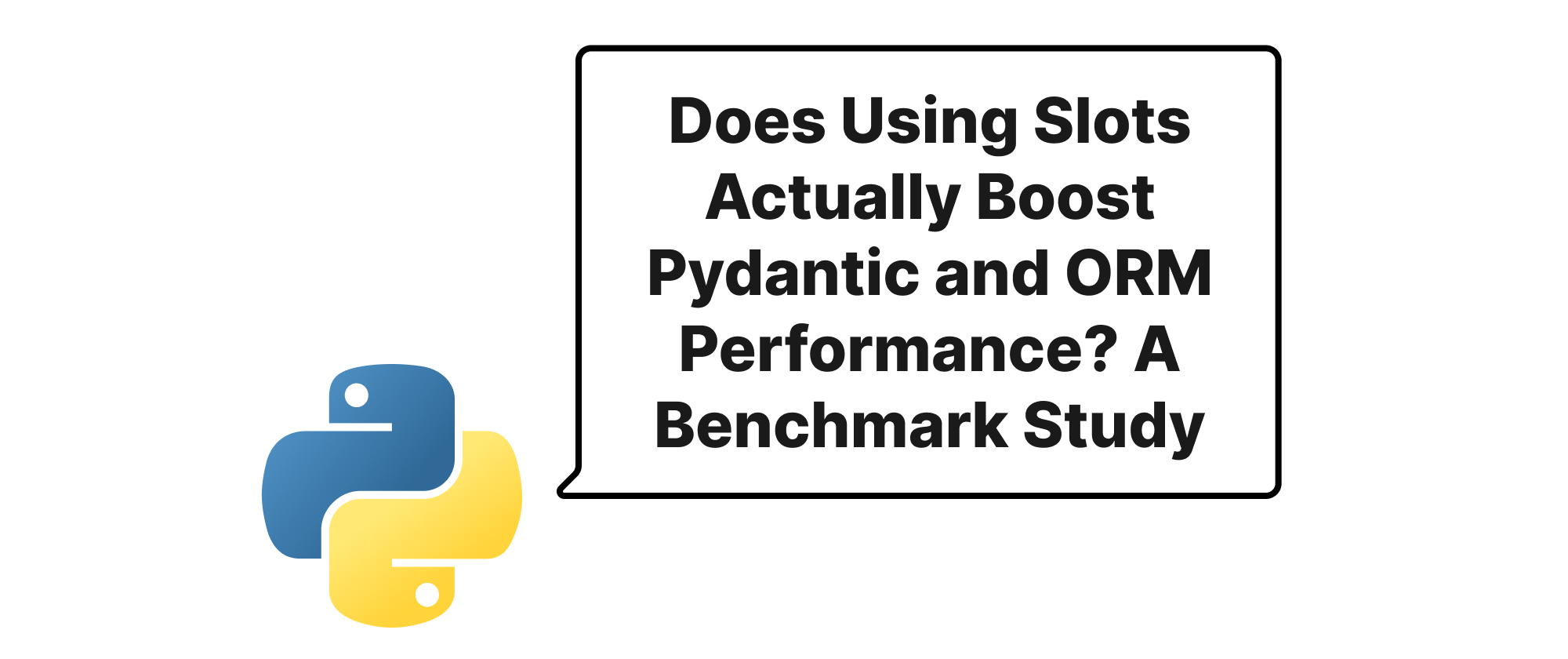Unpacking GIL's Impact on FastAPI/Django and the Power of Gunicorn/Uvicorn
James Reed
Infrastructure Engineer · Leapcell

The Persistent Myth: GIL and Python Web Performance
For many Python developers, the Global Interpreter Lock (GIL) is a ghost in the machine, a whispered threat to application performance, especially when building web services with frameworks like FastAPI or Django. The common narrative suggests that GIL inherently prevents Python from fully utilizing multi-core CPUs, thus bottlenecking even the most efficiently written asynchronous code. This often leads to unnecessary anxiety and flawed architectural decisions. But is this perception entirely accurate, particularly in the context of production deployments using tools like Gunicorn and Uvicorn? This article aims to clarify the real impact of the GIL on your Python web applications and explore how these powerful ASGI/WSGI servers effectively sidestep its limitations to deliver high concurrency and performance.
Unraveling the Threads: GIL, Concurrency, and Process Management
Before we dive into the practicalities, let's establish a clear understanding of the core concepts at play.
What is the GIL?
The Global Interpreter Lock (GIL) is a mutex (or a lock) that protects access to Python objects, preventing multiple native threads from executing Python bytecodes at once. While it simplifies memory management and C library integration, it means that even on a multi-core processor, only one thread can be actively executing Python bytecode at any given moment. This is what leads to the common misconception that Python is "single-threaded" for CPU-bound tasks.
Concurrency vs. Parallelism
It's crucial to distinguish between concurrency and parallelism:
- Concurrency is about dealing with many things at once. It's an abstraction for structuring a program, enabling parts of it to make progress seemingly in parallel (e.g., handling multiple client requests simultaneously through context switching). Python's
asynciois a prime example of achieving concurrency with a single thread. - Parallelism is about doing many things at once. It involves truly simultaneous execution on multiple CPU cores. This typically requires multiple processes or threads that can execute independently.
WSGI vs. ASGI
Python web frameworks traditionally used the WSGI (Web Server Gateway Interface) specification, which is synchronous. Servers like Gunicorn with a synchronous worker type would handle each request sequentially within a worker thread.
ASGI (Asynchronous Server Gateway Interface) is a successor to WSGI, designed to support asynchronous web applications. Frameworks like FastAPI are built on ASGI, allowing them to handle multiple I/O-bound operations concurrently within a single thread, greatly improving responsiveness. Uvicorn is a popular ASGI server.
Gunicorn and Uvicorn: Multi-Process Powerhouses
Here's where the GIL's apparent limitation gets circumvented. Neither Gunicorn nor Uvicorn rely solely on Python's native threading for parallel execution across CPU cores. Instead, they leverage a multi-process architecture.
When you run Gunicorn or Uvicorn with multiple workers, each worker is a separate Python process. Each process has its own Python interpreter and, consequently, its own GIL. This means that while a single worker process is still subject to its own GIL, multiple worker processes can execute Python bytecode truly in parallel on different CPU cores.
Let's illustrate with an example:
Consider a simple FastAPI application:
# main.py from fastapi import FastAPI import time app = FastAPI() @app.get("/sync_cpu_task") def sync_cpu_task(): start_time = time.time() # Simulate a CPU-bound task _ = sum(i * i for i in range(10**7)) end_time = time.time() return {"message": f"CPU task completed in {end_time - start_time:.2f} seconds"} @app.get("/async_io_task") async def async_io_task(): start_time = time.time() # Simulate an I/O-bound task await asyncio.sleep(2) # Non-blocking sleep end_time = time.time() return {"message": f"I/O task completed in {end_time - start_time:.2f} seconds"}
Now, let's deploy it.
Scenario 1: Uvicorn with a single worker (GIL is active)
uvicorn main:app --host 0.0.0.0 --port 8000 --workers 1
If you hit /sync_cpu_task with multiple requests concurrently from different clients, they will be processed sequentially within that single worker process. The second request will wait for the first to finish, even on a multi-core machine, because the GIL prevents parallel execution of Python bytecode within that process.
Scenario 2: Uvicorn with multiple workers (GIL is circumvented)
uvicorn main:app --host 0.0.0.0 --port 8000 --workers 4
Here, Uvicorn will spawn 4 separate Python processes. Each process can now handle requests. If you hit /sync_cpu_task with multiple requests, the OS scheduler can distribute these requests across the 4 worker processes. Now, four CPU-bound tasks can indeed run in parallel, despite the GIL existing in each individual process. The GIL within each process only limits threads within that specific process, not processes themselves.
Gunicorn (or Uvicorn backed by Gunicorn for process management) works similarly. Gunicorn acts as a master process that manages worker processes.
gunicorn main:app -w 4 -k uvicorn.workers.UvicornWorker --bind 0.0.0.0:8000
This command starts Gunicorn with 4 UvicornWorker processes. Each worker is an independent Python process running the Uvicorn server, capable of handling requests. This multi-process approach is the fundamental mechanism that allows Python web applications to scale effectively on multi-core hardware, irrespective of the GIL.
When does GIL still matter?
The GIL primarily affects CPU-bound tasks executed within a single Python process or thread. If your application has a long-running, computationally intensive function that cannot be easily offloaded to C extensions or external services, and it executes synchronously within a single worker, then that worker will be blocked.
However, for typical web applications, most bottlenecks are I/O-bound: waiting for database queries, network requests to external APIs, reading/writing files, etc. ASGI frameworks like FastAPI, combined with async/await, excel here. When an await call is made in an asynchronous function, Python releases control to the event loop, allowing other tasks (including other client requests or parts of the current request) to make progress within that same worker process, even with a GIL present. The GIL is only re-acquired when the current task needs to execute Python bytecode again.
Therefore, for I/O-bound applications, the GIL's impact within a single worker process is often negligible because the process spends most of its time not executing Python bytecode, but rather waiting for external resources.
Conclusion
The GIL is a real aspect of CPython, and it does prevent true multi-threading for CPU-bound tasks within a single Python process. However, for FastAPI and Django applications deployed with production-grade servers like Gunicorn and Uvicorn, this "limitation" is effectively bypassed through a multi-process worker model. By spawning multiple Python processes, each with its own GIL, your application can fully leverage multi-core CPUs, achieving genuine parallelism and high concurrency. Focus on optimizing your I/O operations with asyncio for maximum efficiency, and let your server's multi-process architecture handle the heavy lifting of parallelism. The GIL is not a performance killer for your well-architected Python web applications; the choice of deployment strategy is.


